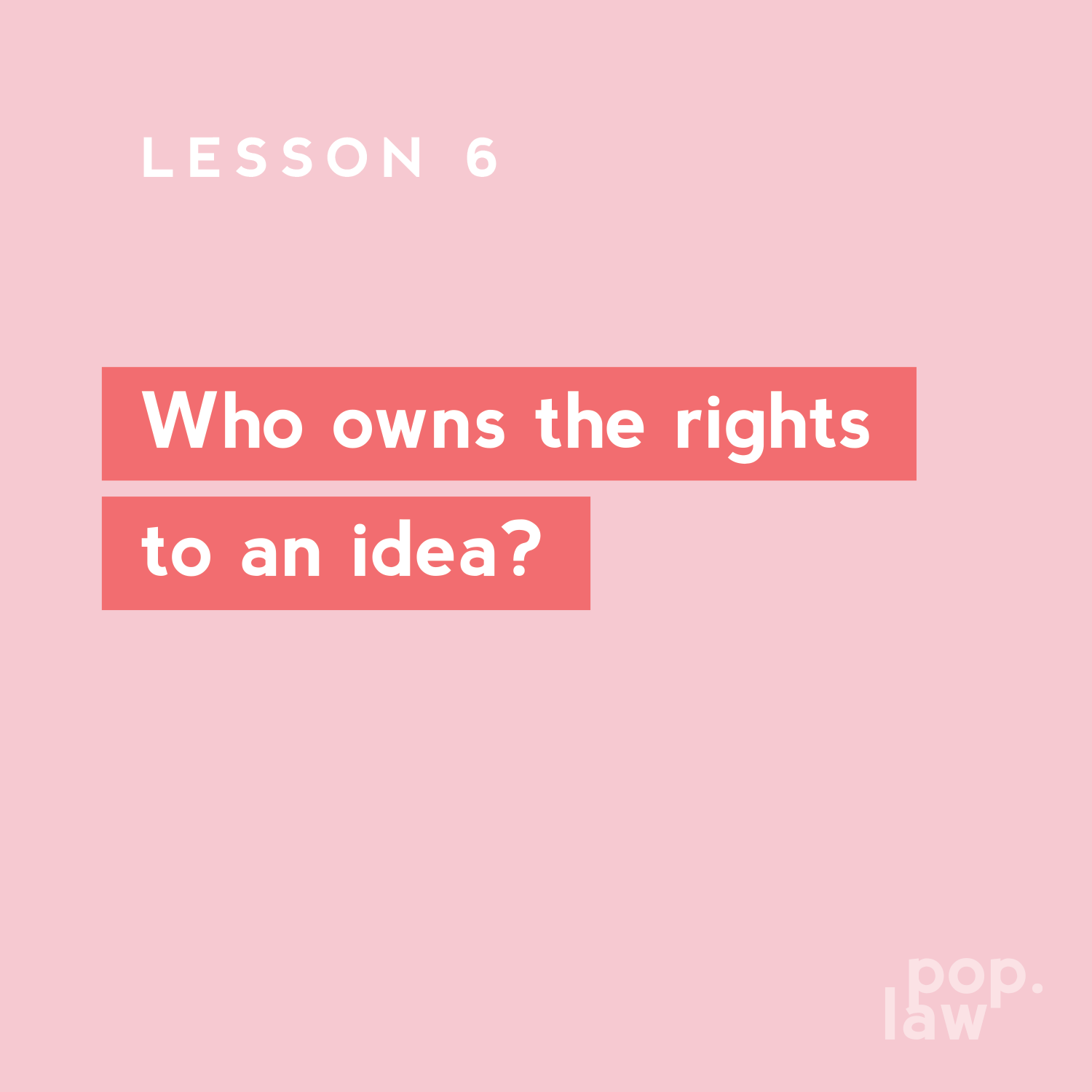Who owns the right to an idea?
This is probably the most frequent question I’ve been asked in my career. My response to this is usually “there is no copyright in an idea”, which usually provides very cold comfort to the person asking the question. It’s not that there is no way to protect an idea, just that it’s usually in the form of registering a patent and this is not that easy to do.
The best example I’ve ever come across for the answer to the question of “who owns the rights to an idea” was from the movie Christopher Robin.
The introduction scene to the movie has all the expected characters gathered around a picnic table discussing the imminent departure of Christopher Robin from the 100 Acre Wood in order to make way for the (un)important task of growing up. At the table, Rabbit asks Eeyore to read out the resolution that Eeyore has prepared. When Christopher Robin arrives to hear the tail end of Eeyore’s kind words, Rabbit and Owl exchange the following conversation:
Rabbit: “I commissioned it!”
Owl: “Based on an idea by me!”
Rabbit: “Which I suggested!”
Owl: “After I thought of it!”
This might sound familiar to you, even if you haven’t watched the movie, as it’s usually the kind of conversation that surrounds a dispute around the ownership of an idea in a business, joint venture, or anything involving a creative work where more than one person has been involved.
But the real question is, who owns the intellectual property, or more specifically the copyright, in this idea?
This first issue to address is the concept of an idea in itself. Under South African law, there is no copyright in an idea. In order to qualify for copyright protection, an idea needs to be reduced, using the author’s own skill and effort, to material form. In other words, the idea needs to be recorded in some way like written language, software code, musical notation or a sound recording etc. Given that Eeyore was reading the resolution, which we assume he wrote, from a piece of paper, we can tick this box.
Whilst it’s fairly straightforward to see that Eeyore is the author of the resolution, the next and probably more important question to answer is: Who is the owner of the copyright in the resolution that Eeyore has prepared? To answer this, let’s assume that it was indeed Owl who thought of the idea first, and Rabbit who commissioned Eeyore to prepare the resolution. Given what we know about the existence of copyright in an idea, unfortunately Owl cannot lay claim to the copyright based on the information we have. But can Rabbit?
To answer this next question, we need to look at the complex nature of ownership of copyright under the Copyright Act. The Act provides a general rule that the author is the first owner of copyright, unless specific exceptions kick in. One such exception is where an author creates a work, in which copyright vests, in the course and scope of their employment, in which case the employer would in all likelihood be the owner. Last time I checked, Eeyore was not employed (by Rabbit or anyone else), so we clear this hurdle as well.
The next exception kicks in when it comes to commissioned works. Ah, there may be a case for Rabbit after all! But, in terms of the Act, a person commissioning the creation of a work will own the copyright in it only if:
The work relates to the taking of a photograph, the painting or drawing of a portrait, the making of a gravure, the making of a cinematograph film or the making of a sound recording;
The commissioner pays or agrees to pay for the work in money, or money's worth; and
The work is made in pursuance of that commission.
We don’t know if Rabbit paid Eeyore any money (or honey, which is the real currency of the 100 Acre Wood according to Pooh). Nevertheless, this becomes irrelevant as the type of work created by Eeyore, namely a written resolution, does not fall into one of the commissioning exceptions provided for in the Act.
Looking at all of this, we can conclude that while Owl may have come up with the idea and communicated this to Rabbit, and Rabbit commissioned Eeyore to prepare the resolution, neither Owl or Rabbit can claim to be the owner of the copyright that vests in the resolution. In quite a dramatic turn of events, it is indeed Eeyore who retains the ownership of the copyright in his resolution, and as such is able to exploit and enforce his rights.
Finally, after all these years, there is some good news to cheer up our usually morose donkey friend.
